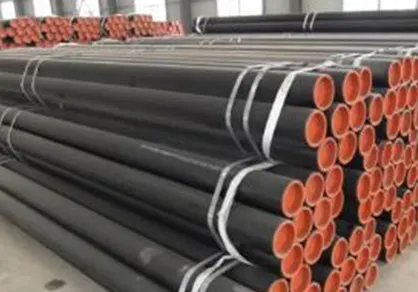-
Cangzhou Yulong Steel Co., Ltd.
-
Phone:
+86 13303177267 -
Email:
admin@ylsteelfittings.com
- English
- Arabic
- Italian
- Spanish
- Portuguese
- German
- kazakh
- Persian
- Greek
- French
- Russian
- Polish
- Thai
- Indonesian
- Vietnamese
- Zulu
- Korean
- Uzbek
- Hindi
- Serbian
- Malay
- Ukrainian
- Gujarati
- Haitian Creole
- hausa
- hawaiian
- Hebrew
- Miao
- Hungarian
- Icelandic
- igbo
- irish
- Japanese
- Javanese
- Kannada
- Khmer
- Rwandese
- Afrikaans
- Albanian
- Amharic
- Armenian
- Azerbaijani
- Basque
- Belarusian
- Bengali
- Bosnian
- Bulgarian
- Catalan
- Cebuano
- China
- China (Taiwan)
- Corsican
- Croatian
- Czech
- Danish
- Esperanto
- Estonian
- Finnish
- Frisian
- Galician
- Georgian
- Kurdish
- Kyrgyz
- Lao
- Latin
- Latvian
- Lithuanian
- Luxembourgish
- Macedonian
- Malgashi
- Malayalam
- Maltese
- Maori
- Marathi
- Mongolian
- Myanmar
- Nepali
- Norwegian
- Norwegian
- Occitan
- Pashto
- Dutch
- Punjabi
- Romanian
- Samoan
- Scottish Gaelic
- Sesotho
- Shona
- Sindhi
- Sinhala
- Slovak
- Slovenian
- Somali
- Sundanese
- Swahili
- Swedish
- Tagalog
- Tajik
- Tamil
- Tatar
- Telugu
- Turkish
- Turkmen
- Urdu
- Uighur
- Welsh
- Bantu
- Yiddish
- Yoruba

Nov . 01, 2024 01:43 Back to list
Welded Steel Pipe Fittings for Durable and Reliable Pipeline Solutions
Steel Pipe Weld Fittings An Overview
Steel pipe weld fittings play a crucial role in various industrial applications, particularly in piping systems where durability and reliability are essential. These fittings are designed to connect sections of steel pipes, allowing for changes in direction, size, or medium flow within a piping system. Understanding the types, materials, and applications of these fittings is vital for anyone involved in construction, plumbing, or industrial maintenance.
Types of Steel Pipe Weld Fittings
The primary types of steel pipe weld fittings include elbows, tees, reducers, and caps.
1. Elbows are used to change the direction of the piping system. They are typically available in several angles, with 90-degree and 45-degree elbows being the most common. The choice between these angles depends on the specific flow requirements of the installation.
2. Tees are utilized to create a branch in the piping system. They come in different configurations, such as equal tees, where all three openings are of the same size, and reducing tees where one opening is smaller than the others.
steel pipe weld fittings

4. Caps are used to seal the end of a pipe, preventing any leaks or contamination of the contents within.
Material and Standards
Steel pipe weld fittings are typically made from carbon steel, stainless steel, or alloy steel, depending on the intended application. Carbon steel fittings are widely used due to their strength and durability, while stainless steel fittings offer better resistance to corrosion and are ideal for applications involving water, chemicals, or high-temperature environments.
Fittings must meet specific industry standards, such as ASTM (American Society for Testing and Materials) or ASME (American Society of Mechanical Engineers), ensuring their suitability for various pressure and temperature conditions.
Applications
Steel pipe weld fittings are used in a wide range of industries, including oil and gas, water treatment, construction, and HVAC systems. Their ability to withstand high pressures and temperatures makes them indispensable in environments where safety and efficiency are paramount.
In conclusion, steel pipe weld fittings are essential components in piping systems, offering versatile solutions for connecting and managing flow in various industrial sectors. Understanding their types, materials, and applications can significantly enhance the quality and integrity of any plumbing or piping project. Proper selection and installation of these fittings ensure long-lasting performance and operational efficiency in any application they are used in.
Latest news
-
ANSI 150P SS304 SO FLANGE
NewsFeb.14,2025
-
ASTM A333GR6 STEEL PIPE
NewsJan.20,2025
-
ANSI B16.5 WELDING NECK FLANGE
NewsJan.15,2026
-
ANSI B16.5 SLIP-ON FLANGE
NewsApr.19,2024
-
SABS 1123 FLANGE
NewsJan.15,2025
-
DIN86044 PLATE FLANGE
NewsApr.19,2024
-
DIN2527 BLIND FLANGE
NewsApr.12,2024
-
JIS B2311 Butt-Welding Fittings LR/SR 45°/90° /180°Seamless/Weld
NewsApr.23,2024











